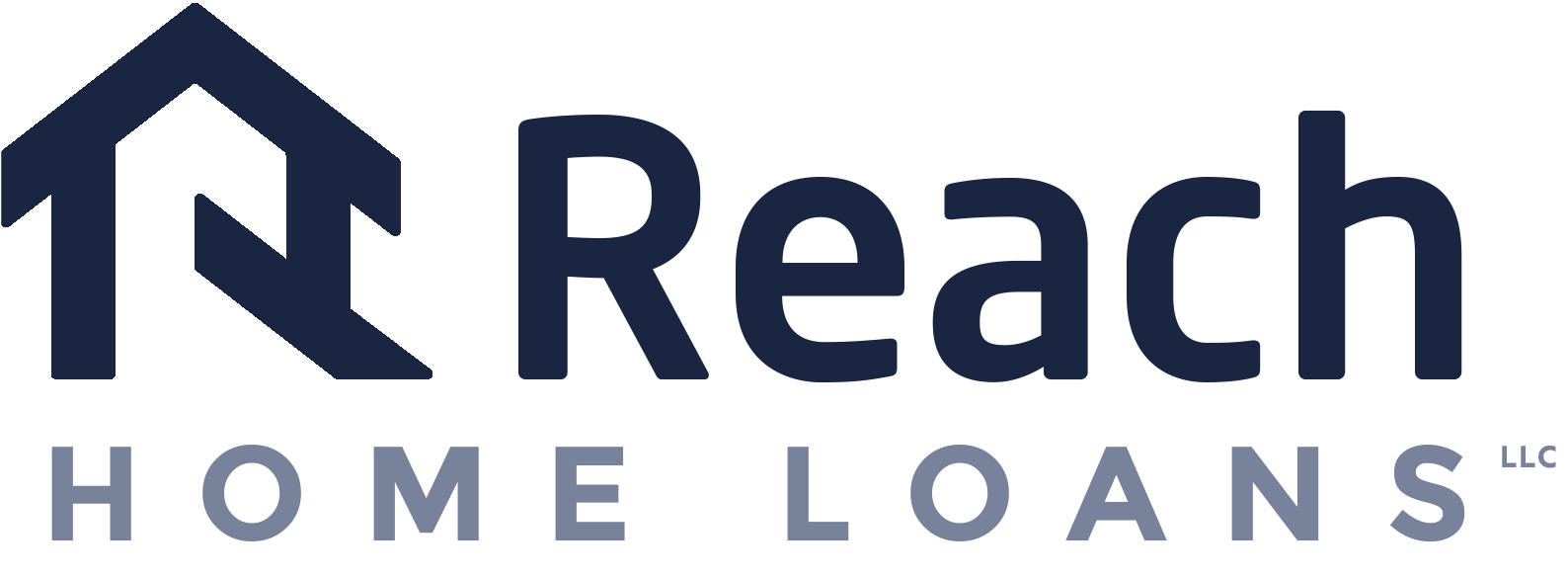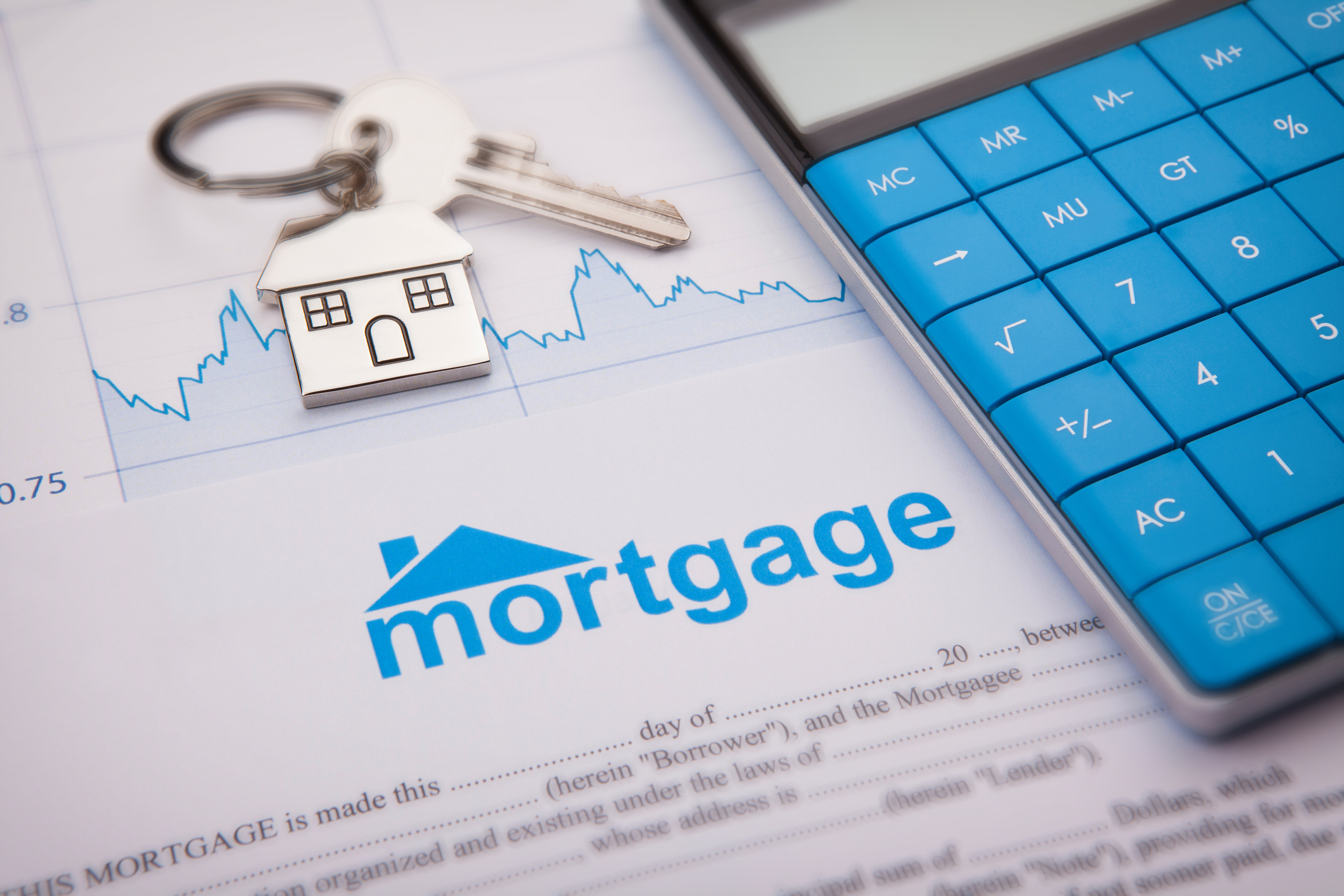Why Conventional Mortgage Loans Are a Smart Selection for Stable Funding
Why Conventional Mortgage Loans Are a Smart Selection for Stable Funding
Blog Article
The Crucial Factors to Take Into Consideration When Finding In Between Fixed-Rate and Variable-rate Mortgage Financings
When assessing home loan alternatives, customers encounter a pivotal decision between adjustable-rate and fixed-rate car loans, each providing prospective risks and distinctive benefits. Secret considerations such as rates of interest security, predictability in month-to-month settlements, and the ramifications of potential price modifications can substantially impact long-term financial health and wellness. Understanding the anticipated duration of homeownership and the total cost of loaning can shape one's method. As these elements intertwine with private economic scenarios and take the chance of resistance, the ramifications of this selection might not be as uncomplicated as they appear. What nuances should be focused on in this critical decision-making procedure?
Interest Rate Stability
When picking a mortgage, recognizing rate of interest stability is critical for notified decision-making. Rates of interest can significantly influence the overall price of a mortgage, and identifying the nature of these prices is important for debtors. Fixed-rate mortgages use the advantage of consistent monthly payments over the life of the financing, securing debtors from market fluctuations. This stability makes it possible for property owners to plan their funds with greater certainty, as they will certainly not be influenced by increasing rate of interest.
On the various other hand, adjustable-rate home mortgages (ARMs) start with reduced first prices that may alter periodically based on market conditions. While this can result in reduced settlements initially, it also introduces uncertainty, as consumers might encounter increased payments if rate of interest rise. For those thinking about an ARM, it is crucial to analyze the chance of rate adjustments, the potential for repayment increases, and the length of the initial fixed-rate period.
Inevitably, the selection in between adjustable-rate and fixed-rate home loans rests on individual risk resistance and economic conditions. Recognizing rate of interest stability aids consumers make educated choices that line up with their long-lasting economic objectives.
Regular Monthly Payment Predictability
While borrowers often focus on rates of interest security, the predictability of month-to-month repayments is equally vital in the home mortgage choice procedure (Conventional mortgage loans). Month-to-month repayment predictability plays a vital role in budgeting and economic preparation, as it straight affects a homeowner's cash money flow and overall financial health
Fixed-rate home loans use a consistent month-to-month repayment throughout the life of the car loan, allowing borrowers to prepare for and plan their expenditures efficiently. This stability can be specifically beneficial for new property buyers or those on a set earnings, as it eliminates the unpredictability connected with changing payments.
Alternatively, variable-rate mortgages (ARMs) normally feature lower first repayments that can transform in time, causing possible variability in monthly responsibilities. While originally appealing, this unpredictability can complicate monetary planning, particularly if borrowers do not represent future price modifications.
Possible Price Adjustments
In the world of variable-rate mortgages (ARMs), possible price changes represent a considerable factor that customers need to meticulously consider. Unlike fixed-rate mortgages, where the rate of interest continues to be unchanged for the life of the funding, ARMs are characterized by rising and fall rates of interest that are tied to market indices. This irregularity can bring about substantial changes in monthly payments, impacting more information the consumer's monetary preparation and budgeting.
Borrowers have to be conscious of the margin and index used to compute these adjustments, as they straight influence future passion rates. Additionally, ARMs typically include caps that restrict how a lot the passion price can increase at each change and over the life of the car loan, which can provide some level of protection versus drastic price hikes.
Recognizing these possible modifications is crucial for consumers, as they directly impact long-term settlement obligations. Assessing personal financial circumstances and take the chance of tolerance is necessary when deciding whether an ARM straightens with one's economic goals.
Finance Term Factors To Consider
Lending term factors to consider play a critical function in the decision-making procedure for borrowers choosing in between fixed-rate and adjustable-rate home loans. The size of the lending term dramatically impacts regular monthly settlements, passion rates, and overall economic planning. Fixed-rate home loans commonly supply regards to 15 to three decades, providing stability in monthly payments and predictability in budgeting. This can be especially appealing for consumers who plan to stay in the same home long-term and choose the assurance of set settlements throughout the life of the loan.

Ultimately, customers have to examine their personal circumstances, economic objectives, and market conditions when considering the ramifications of finance term options within each mortgage type.

Overall Price of Borrowing
The overall cost of loaning is an essential variable that can substantially influence a consumer's selection between adjustable-rate and fixed-rate mortgages. Fixed-rate home mortgages provide predictable month-to-month payments, as the rate of interest rate stays consistent throughout the financing term. This predictability can result in reduced overall expenses, specifically in a secure or declining rate of interest price atmosphere. Borrowers can budget plan properly, understanding their settlements will not fluctuate.
Alternatively, variable-rate mortgages (ARMs) commonly begin with lower initial rates, leading to reduced upfront costs. These rates can boost after a preliminary duration, leading to possibly higher long-term expenses. Debtors need to think about the regularity the original source and level of rate modifications, in addition to the general funding duration, to accurately analyze the economic effects.
Furthermore, the general cost of borrowing encompasses not only rates of interest however likewise fees and other linked expenses, such as closing costs and insurance (Conventional mortgage loans). When reviewing home loan options, borrowers must carry out a detailed cost evaluation over the life of the loan. By doing so, they can make an educated choice that lines up with their financial objectives and run the risk of resistance
Final Thought
To conclude, choosing in between adjustable-rate and fixed-rate mortgage demands cautious consideration of several important elements. Rate of interest security and month-to-month payment predictability are extremely important for effective budgeting, while the possibility for price adjustments in ARMs presents economic uncertainty. Furthermore, the awaited duration of homeownership and the overall price of borrowing, including passion rates and connected fees, have to align with private economic circumstances and run the risk of tolerance. Such a thorough evaluation will certainly facilitate enlightened decision-making in home mortgage choice.
Key considerations such as rate of interest rate stability, predictability in month-to-month payments, and the implications of potential rate adjustments can considerably affect long-lasting financial health and wellness. Rate of interest prices can significantly impact the total cost of a home loan, and identifying the nature of these prices is essential for consumers. Unlike fixed-rate home loans, where the interest price stays the same for the life of the funding, ARMs are defined by varying passion prices that are connected to market indices. Additionally, ARMs frequently include caps that restrict just how a lot the rate of interest rate can raise at each change and over the life of the finance, which can provide some degree of security against radical rate hikes.
Rate of interest rate security and regular monthly payment predictability are extremely important for efficient budgeting, while the possibility for price changes in ARMs presents monetary unpredictability.
Report this page